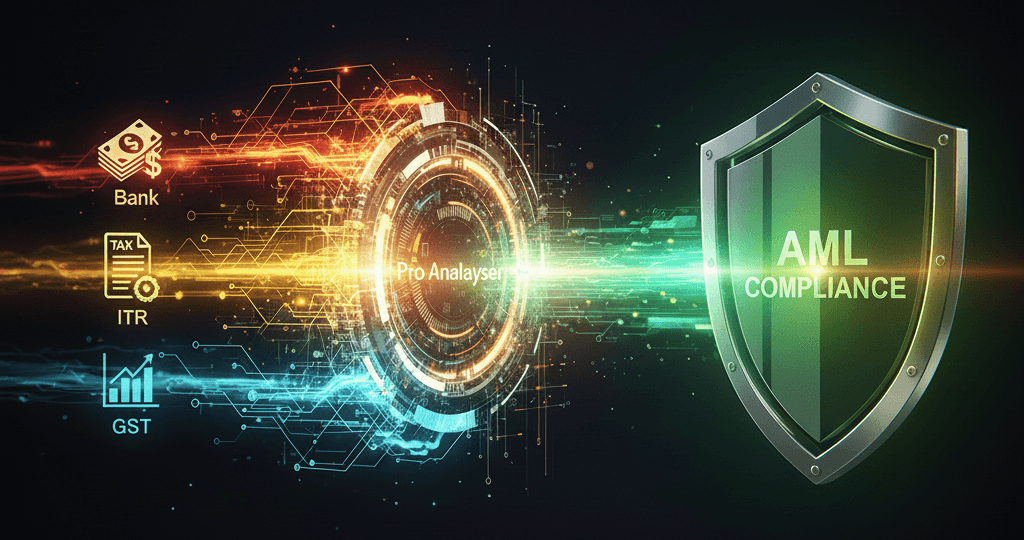If you think credit assessment and credit scoring mean the same thing, think again. These are two distinct but complementary steps that lenders, NBFCs, and auditors use to evaluate credit risk. Understanding their differences can help finance professionals make better lending decisions.
What is Credit Assessment?
Credit assessment is the process lenders and financial institutions use to evaluate whether an individual or business can repay borrowed funds. It involves analyzing income stability, expenses, debts, assets, and other financial data to determine creditworthiness and risk.
Typical components include:
- Reviewing income consistency
- Analyzing spending habits
- Assessing outstanding debts and liabilities
- Considering collateral and business reputation
What is a Credit Score?
A credit score is a numeric value, usually ranging from 300 to 900 in India, that represents a borrower’s creditworthiness. It is calculated using factors such as payment history, credit utilization, length of credit history, types of credit accounts, and recent credit inquiries. Lenders use this score to estimate the likelihood of timely repayment.
Common factors affecting credit score:
- Payment history
- Credit utilization ratio
- Length of credit history
- Types of credit accounts
- Recent credit inquiries
Key Differences : Credit Assessment and Credit Score
| Feature | Credit Assessment | Credit Scoring |
| Scope | Comprehensive analysis including income, debts, expenses, assets, behavior | Algorithmic, based mainly on credit report data |
| Method | Combines human judgment and technology | Purely algorithm-driven, quantitative |
| Outcome | Detailed report guiding lending decisions | Numeric score (e.g., 750) |
| Purpose | In-depth risk analysis for complex decisions | Quick risk evaluation for first-level screening |
| Depth | Deep, contextual | Surface-level, standardized |
| Customization | Tailored to lender policies and borrower context | Standardized for all borrowers |
Why Do You Need Integrating Credit Assessment and Credit Score ?
Imagine a small business owner applies for a loan:
- Their credit score is 780 (great!), but a credit assessment reveals fluctuating cash flow and pending litigation.
- The score alone suggests low risk; the assessment helps the underwriter structure safer terms or request collateral.
According to Experian (2024), nearly 30% of defaults involved borrowers with a good initial score, highlighting the need for comprehensive assessment. A leading NBFC used scores for pre-filtering but added manual assessments using a bank statement analysis tool for high-value loans. The NPA rate dropped by 18% in one year after spotting irregular cash flows missed by scoring alone.
Key Takeaways for Lenders & Auditors
- Credit scores are efficient, especially for high-volume, small-ticket loans.
- Assessments are crucial for deeper risk, repeat borrowers, or unusual profiles.
- Combining both balanced, smarter lending.
One of the most effective ways to conduct a thorough credit assessment is through detailed bank statement analysis. This method provides real financial insights beyond traditional documents, revealing true income patterns, spending behavior, and hidden liabilities.
By using Pro Analyser’s modern bank statement analysis tool, lenders and auditors can now automate this complex process, quickly extracting and categorizing critical data to make faster, more accurate credit decisions with less manual effort.
In our earlier post, we explained how combining bank statement analysis and credit scoring improves lending accuracy — worth a read if you handle large loan portfolios.
Table: Pros and Cons at a Glance
| Credit Assessment | Credit Scoring | |
| Pros | Full context, flexible | Fast, objective |
| Cons | Time/resource intensive | May miss context |
How to Blend Scoring & Assessment in Your Workflow
- Use credit score as the entry point for automated screening.
- For “grey area” applicants, trigger full credit assessment—including a bank statement analysis tool.
- Automate extraction of income, debt, and patterns to empower underwriters, not replace them.
“We’ve also covered how the bank statement analysis Tool helps detect fraud patterns early, protecting lenders from costly mistakes — read our detailed blog on preventing loan fraud using bank statement analysis.”
Conclusion
Next time someone says, “Just look at the score,” remember: the whole movie matters more than the trailer alone! For risk that’s barely on the surface, use both models.
Ready to see beyond the score? Try our Bank Statement Analysis software—where every number comes with a story (and a few less sleepless nights for you!).



